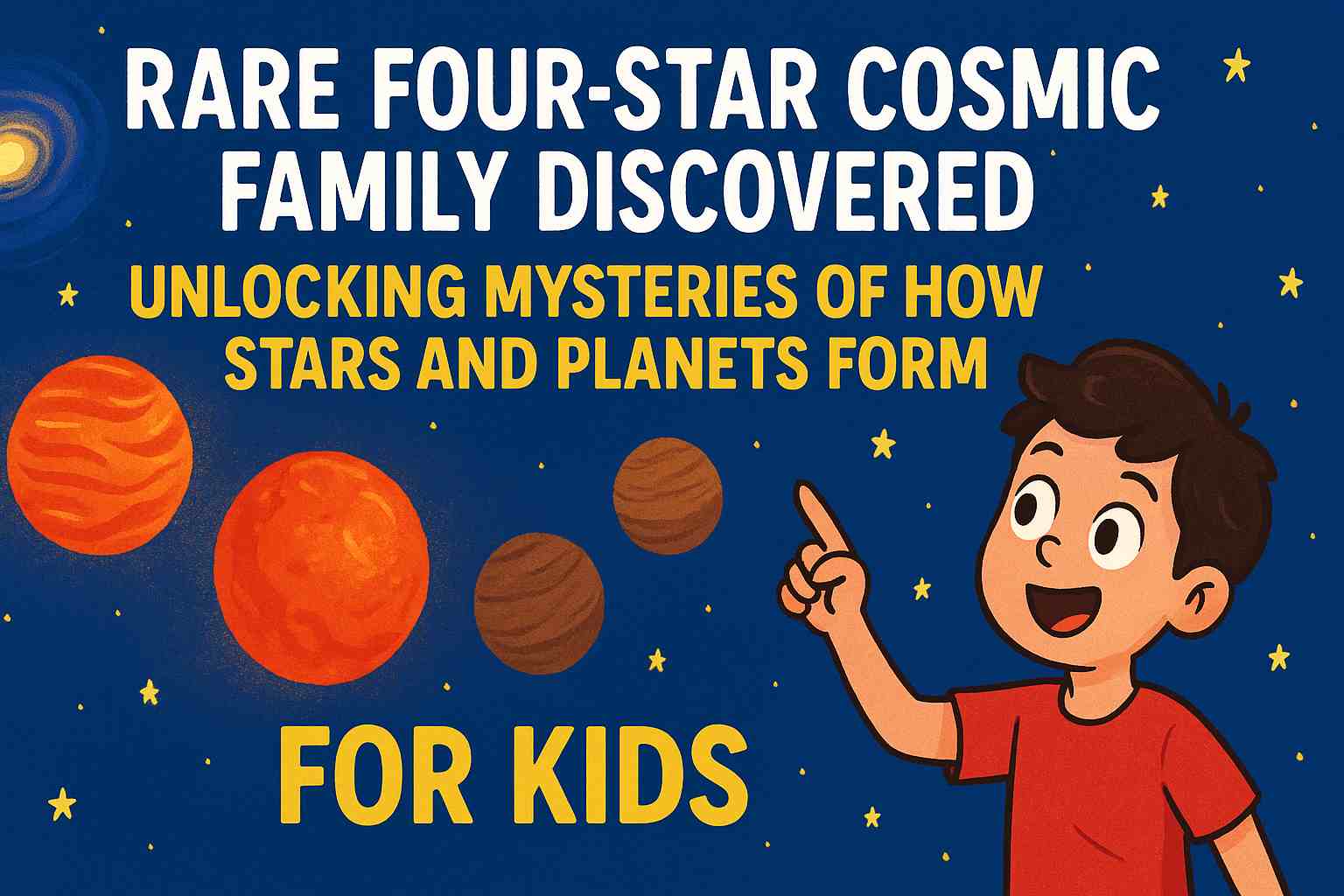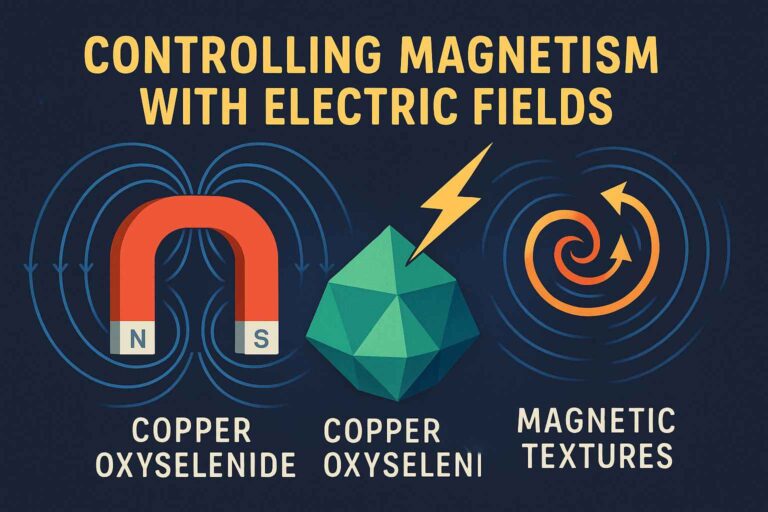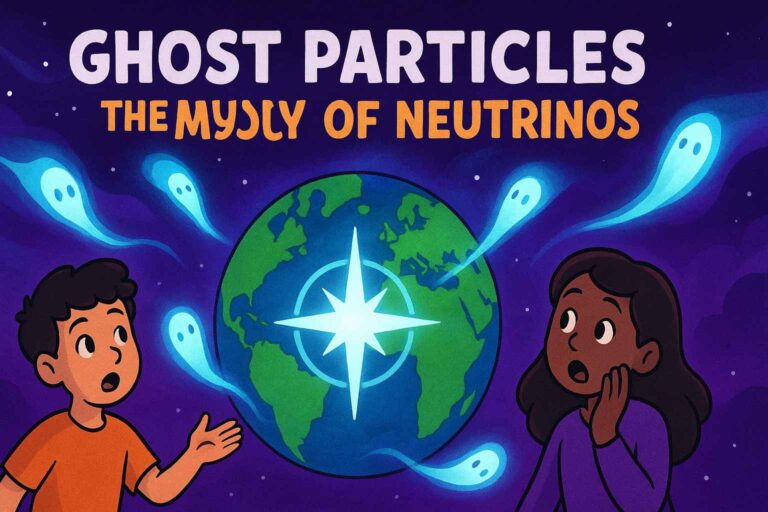
Hey space detectives! 🕵️✨
Today I’ve got a cosmic mystery for you that even Sherlock Holmes would scratch his head at. Astronomers have just spotted something in space that is super-duper rare — a star family of FOUR members! Yes, not one, not two, not three, but four! 🌟🌟🌟🌟
This space family has a very strange name (brace yourself): UPM J1040−3551 AabBab. Whoa, sounds like a robot password, right? 🤖 But don’t worry — I’ll tell you what makes this star family so special.
🪐 What Did Astronomers Find?
Astronomers (that’s the fancy word for star scientists) discovered this unusual family about 82 light-years away in a constellation called Antlia.
Here’s the cool part:
- Two members of the family are red dwarf stars (small, orange, long-living stars).
- The other two are brown dwarfs (cosmic misfits — too big to be planets but too small to shine like real stars).
- Together, they form a quadruple system — a rare four-star team dancing in space!
Professor Hugh Jones, one of the scientists, said: “This is the first time we’ve ever found two brown dwarfs orbiting a pair of stars.” 🌟 That makes this discovery a once-in-a-lifetime mystery!
🤔 Why Is This a Big Deal?
Brown dwarfs are like the mystery children of the universe.
- They don’t shine bright like stars because they can’t do the nuclear fusion trick our Sun does.
- They are hard to find — they’re faint, small, and don’t exist in our own Solar System.
- They also look very similar whether they’re young or old, which confuses scientists.
But if a brown dwarf hangs out with a star (like in this system), astronomers can guess its age and mass by comparing it to its star buddy. That helps solve the “age-mass puzzle” — one of astronomy’s biggest headaches. 🧩
🔭 How Did They Find It?
Astronomers used some of the coolest space tools to crack this mystery:
- Gaia satellite (from Europe) and WISE telescope (from NASA) spotted the system.
- The SOAR telescope in Chile studied its light.
- It used a “Goodman spectrograph” to check the red dwarfs (they’re about 3,000°C hot).
- It used “TripleSpec” to peek at the brown dwarfs (much cooler, 550°C and 420°C).
Fun fact: Even though brown dwarfs are about the same size as Jupiter, they are 10 to 30 times heavier. 😮
🌟 Did You Know?
- 🌌 About 80% of stars in the universe are red dwarfs!
- ☀️ Our Sun is a singleton star — it lives alone, but most big stars actually have star siblings.
- 🔥 The hottest stars can reach 40,000°C, but these brown dwarfs are only as hot as a pizza oven! 🍕
🧩 Quick Quiz (Let’s See If You’re a Space Detective!)
- What’s the name of the new star system scientists discovered?
a) Star Wars 101
b) UPM J1040−3551 AabBab
c) The Milky Family - Brown dwarfs are…
a) Giant planets
b) Halfway between stars and planets
c) Small asteroids - How many stars are in this rare family?
a) 2
b) 3
c) 4
(Answers: 1-b, 2-b, 3-c)
🌠 Why Should We Care?
Discoveries like this help scientists understand:
- How stars are born.
- Why some stars get siblings while others (like our Sun) don’t.
- How planets might form around different kinds of stars.
So next time you look up at the night sky, remember — out there, in the constellation Antlia, a super-rare four-star family is twinkling, keeping one of the universe’s biggest mysteries alive. 🌌💫
👉 Kids, what do you think: Would you like to live in a solar system with four suns shining in your sky? 🌞🌞🌞🌞






